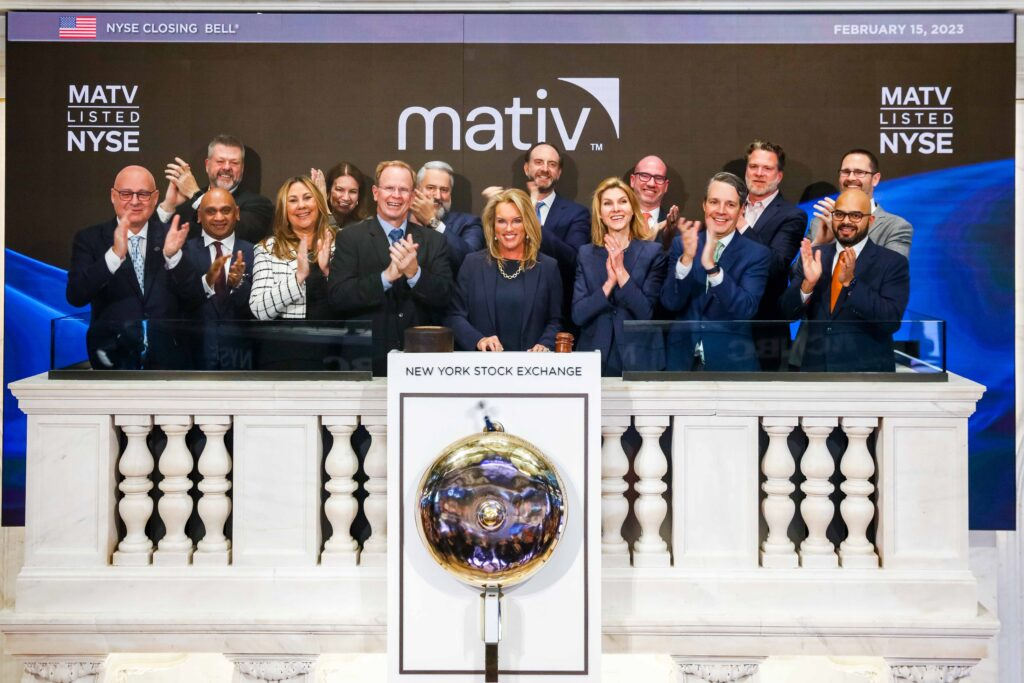Exactly one year ago today, two legacy manufacturing companies in the southeastern United States combined to form one entity – Mativ.

No matter your organization, its history or the economic climate, bringing two companies is hard work. But the culture we’ve been able to curate at Mativ thus far goes well beyond what I would have expected. Integration and collaboration happened quickly and organically; and as a result, we were able to capitalize on many opportunities and work through all the challenges that presented themselves over the past year.
In thinking about the actions we took and the lessons we’ve learned, I believe mergers really start, end and are sustained by “the three C’s” – communication, collaboration, and customer-centricity – the things that impact every role in our organization.
In my reflection six months out from our merger, I expressed that my priorities were to keep building a sense of community within the workplace, power through uncertainty as a cohesive team, and apply an agile, growth mindset to everything we do – all under Mativ’s credo of “finding potential in the impossible.” Now a full year out, I still believe this and recognize these are born out of a “One Mativ” mindset, and everything we’ve done and continue to do is in service of that.
Take the mystery out
In pursuing that unified mindset, the most important thing we can do as a leader during a merger is to take the mystery outof our teams’ future. Taking the mystery out means clearly communicating the various components of the merger from top to bottom and providing clarity of our ambition, goals, values, and growth drivers.
I’m a believer that #culture can eat #strategy for breakfast – kind of a pithy saying, but true. It’s difficult to execute on strategy or achieve any kind of growth as an organization without first defining our brand, identity, purpose, and the people we serve – all of which form the foundation for a strong culture and community.
Creating authentic communications touchpoints—like our GTK podcast, our global town halls and our local, in-person leadership “ask us anything” sessions—also help demystify our leadership team and gave us the chance to get to know each other on a deeper level.
Break old habits & tear down siloes
It was important to treat this merger as a clean slate and optimize what we were already doing as separate entities, while also recognizing the histories, legacies, and shared experiences among these groups.
That being said, I was especially impressed with the way our teams quickly came together and were open to embracing new processes and new approaches for collaboration. It was and continues to be important that we encourage openness and to make sure our teams feel supported, confident they can ask questions, and able to challenge each other (respectfully of course) during this transition.
Think customer-first
The fact that our legacy companies were complimentary in portfolio, and not immediate direct competitors in the marketplace unlocked greater possibility in the markets we could serve.
External education is an undoubtedly important component to a successful merger, so we quickly established an operating model based on the markets in which we compete, aligned our organization around these markets and identified areas of optimization, and used that to inform and drive business approaches and decisions.
Putting customers at the heart of what we do, understanding who we’re in service of — and how we help them win – that’s our bread and butter.
Now what?
Every moment counts leading up to, during and after a merger. The work doesn’t stop after Day 1 — leadership must continually “take the mystery” out of the merger, create space for collaboration and keep customers at the center for driving results.
Leading Mativ through this change has motivated me to keep creating and pushing for a culture that truly represents the spirit and talent of all our people, and I encourage other leaders to do the same during transformative periods. I’m eager to see how we can continue to build in our second year and beyond!
This article was first published on LinkedIn. Follow Julie Schertell for her leadership perspectives.


